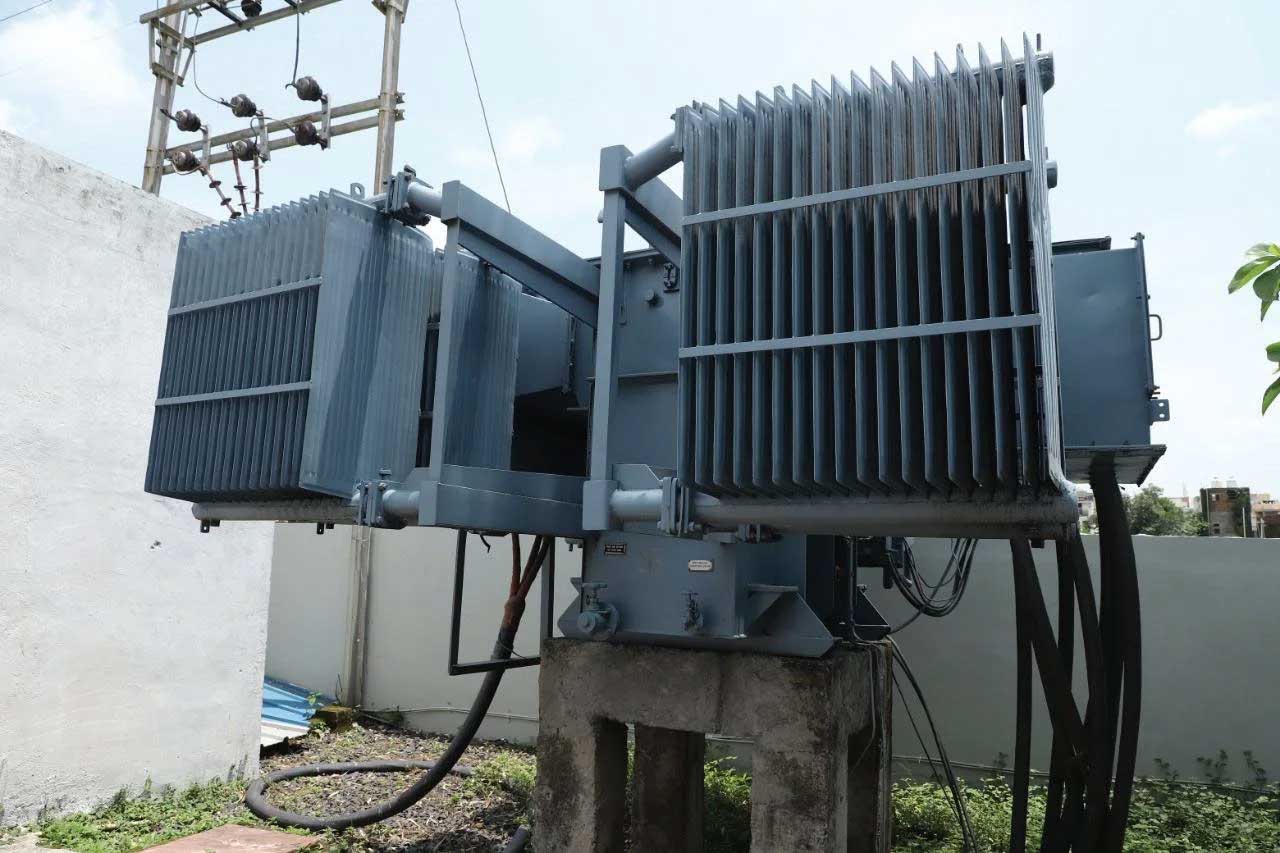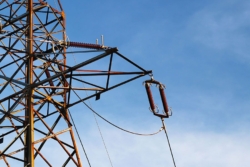Most manufacturers and industrialists purchase electrical transformers with the intention of having them last as long as possible, but sometimes they fail prematurely. Instead of lasting many years, or even decades, they last only a few short months.
Why does this happen? Is it preventable? And if so, what are the best strategies to avoid premature failure?
What Is Premature Transformer Failure?
Power transformers are electrical devices designed to “transform” electricity into a different voltage. Dry-type transformers, under the right conditions, can last 20 or 30 years, but in some cases, they fail much sooner than that.
A power transformer fails when it’s no longer able to do its job properly. This could be because it no longer transforms the voltage as intended, because it’s no longer converting voltage at all, or because there are physical or operational limitations that prevent it from functioning appropriately.
There are many signs of a transformer that has failed. It’s pretty obvious when a transformer completely stops working, but you may also notice troubling signs like bulging, excessive vibrating, color changes, or burn marks.
Premature transformer failure is a problem for several reasons. Perhaps most notably, power transformers are very expensive; having one fail after only a few months or years could represent a massive financial setback. Transformers are also fire hazards and can be dangerous if they’re not working properly, since they deal with high voltages and sensitive electrical equipment.
Common Causes of Premature Transformer Failure
So why is it that power transformers sometimes prematurely fail?
It’s usually attributable to one or more of the following causes:
- Poor materials. First, the failure could be due to the use of poor materials. There are many different materials used for the variety of components necessary for a transformer to work, but for some applications, there’s a range of possible materials that can be used. Sometimes, manufacturing companies intentionally use lower quality materials in an effort to save money and boost profits (or pass the savings to the consumer), but this can have the effect of shortening the lifespan of the device. Typically, it’s better to invest in a transformer that uses higher-quality materials.
- Poor craftsmanship. Similarly, poor craftsmanship can reduce the lifespan of a transformer. If the components aren’t securely connected together, if separated components come into contact with each other, or if the internal work is generally sloppy, it could lead to serious issues long before they should ever become a concern under organic, everyday use.
- Poor design. The materials and craftsmanship may be on point, but if the transformer itself is designed poorly, it could result in premature failure. There have been many advancements in transformer manufacturing over the years, but some companies are still using antiquated or inefficient designs that can compromise device lifespans.
- Improper use. Different types of transformers are designed for different applications, and there are certain advisories you’ll need to follow to keep your transformer in good operating condition. If you use your transformer inappropriately, you can accelerate its demise.
- Lack of maintenance. Depending on the type of transformer you have, you may be required to perform certain types of routine maintenance, keeping the unit clean and operational while repairing any components that are damaged or worn. If you skip this step, it could cost you.
How to Prevent Premature Transformer Failure
These reasonable steps should be ample to prevent most instances of premature transformer failure:
- Know what you’re buying. You don’t need to have an engineering degree to purchase a power transformer, but you should understand how these electrical devices operate and why they’re important. If you don’t have any idea what distinguishes a good transformer from a poorly made one, how can you be sure you’re making the right decision?
- Find the right provider. Once you find the right transformer provider, you’ll automatically rule out most causes of premature transformer failure. Reliable transformer experts prioritize good design, good materials, and good craftsmanship, and they’re willing to stand by their work. Always do your due diligence before finalizing your purchase.
- Read reviews and testimonials. Read some reviews and testimonials to see what other people’s experience has been like with this manufacturer. If there are any standing issues with quality or customer service, you’ll likely hear about it.
- Be willing to pay a bit more. Don’t hesitate to pay a bit more for a power transformer. Better materials and better craftsmanship typically come at a premium – so in many cases, you get what you pay for.
- Seek a robust warranty. If possible, find a power transformer unit that comes with a robust warranty. This way, if something does go wrong with your unit, and it’s out of your control, you can get a replacement or free repairs.
- Follow instructions. Use your transformer as intended. Follow all instructions and advice given to you.
- Practice routine maintenance. A good maintenance routine can extend the lifespan of your transformer. Depending on what type of transformer you have, you should apply maintenance at least twice a year and potentially much more frequently. Don’t neglect this important step if you want to get the most value out of your investment.
Your transformer shouldn’t fail after a few months. It shouldn’t even fail after a few years. And if you follow the strategies in the preceding section, it shouldn’t be a concern.







